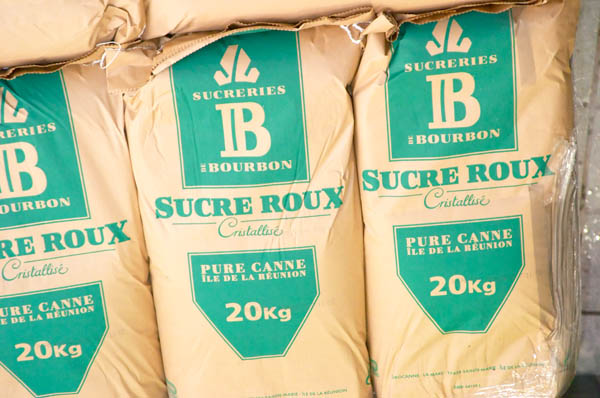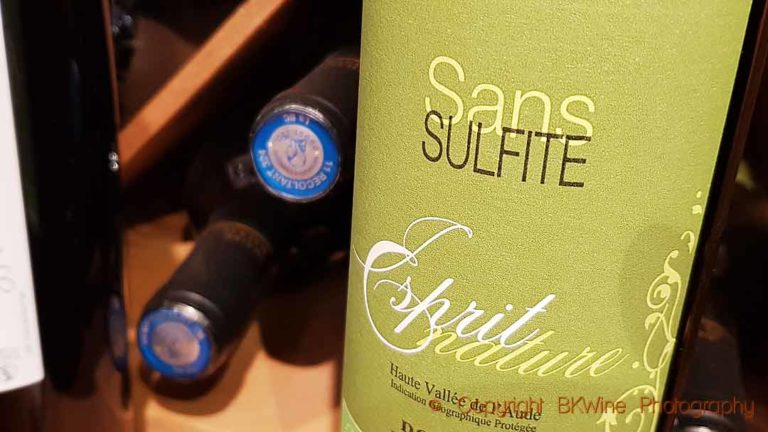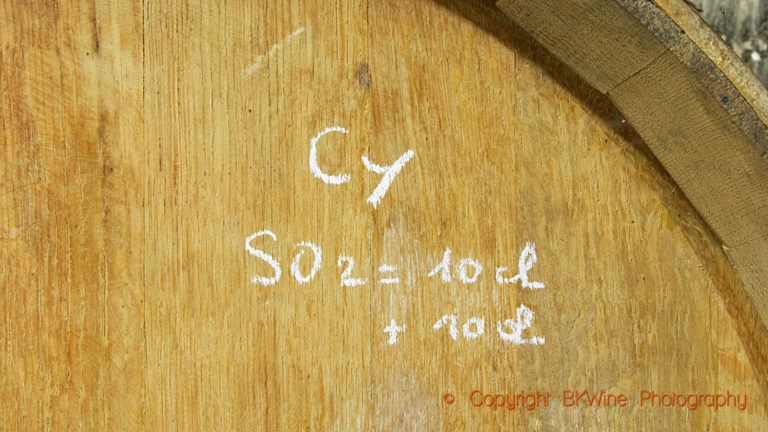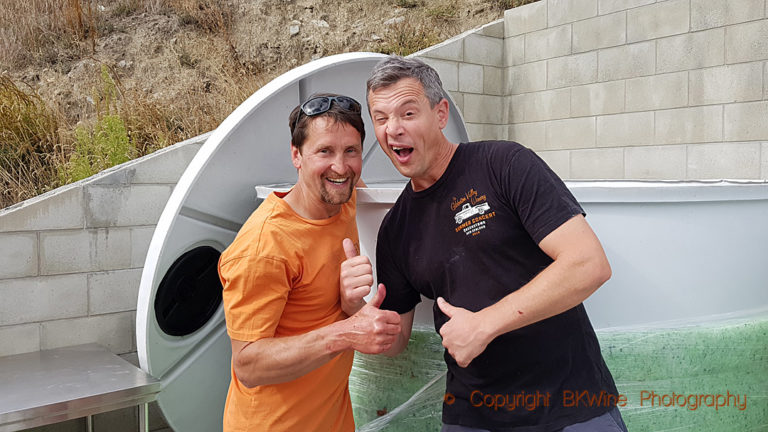We have said it before and we will say it again: Why chaptalise in Languedoc? This is southern France we are talking about. With sun and heat during the growing season. These wines should have enough natural sugar to provide a decent alcohol level without having to add sugar or concentrated grape must
The reason we bring it up here again is that the IGP Pays d’Oc-producers (former Vin de Pays d’Oc) have realized that there will be a lack of concentrated grape must during 2013. Spain is the big supplier of concentrated grape must and, as in most countries in Europe. Their production went down in 2012. This means that if producers in Languedoc want to chaptalise they will probably be forced to use sugar instead. They are not at all happy about that. Well, there is an easy solution. Guess which one!
Read more in La Vigne.
Languedoc-Roussillon is, according to EU definition, in zone CII. This means that you can add sugar or concentrated grape must to increase the alcohol level with a maximum of 1.5% and not more than up to 13%. So if you buy a Languedoc wine with more alcohol than 13 % you know it is not chaptalised. And most good quality Languedoc wines are more likely to have higher alcohol.
(By the way, the same goes for all other southern wine regions, not only the Languedoc!)
[box type=”info”]If you want to discover some really good Languedoc wines, not chaptalised, plus experience a beautiful wine region with excellent food, then you can come on a wine tour to the Languedoc organised by BKWine Tours![/box]











4 Responses
There seem to be a confusion in the article between chaptalisation (=addition of sugar only ) and enrichissement (addition of sugar or concentrated grape must). Zone CII, is indeed a zone where sugar or concentrated grape are allowed to increase the alcohol level – with a maximum of 1.5% and not more than up to 13%; however there are exceptions in this zone regarding chaptalisation. Languedoc-Roussillon is one of these exceptions and chaptalisation is NOT permitted; the addition of sugar can only be permitted exceptionally by the relevant authorities. Although there are been discussions on the subject for the 2012 harvest and chaptalisation was permitted exceptionally for some IGP in the Southwest, I am not sure it has been the case yet in Languedoc-Roussillon. See article below; it also gives some explanation as why some people choose to enrich in the south
https://www.lavigne-mag.fr/actualites/chaptalisation-feu-vert-de-l-inao-pour-les-igp-du-sud-ouest-62042.html
Well, confusion, perhaps. The article was not intended to be scientifically detailed. Enrichment, as you say, can be with sugar (and is then called chaptalisation) or with something else (concentrated grape must, MCR).
However, most people who are not technical think of “chaptalisation” as the general term for “enrichement”. Few wine consumers are awere of the different ways of doing it, but it is good that you point it out.
So, to clarify what we say, we think that “enrichement” should not be allowed in southern wine regions. And only in exceptional cases in northern wine regions, and not as a general rule.
(They also note in the article that in 2012 the winemakers in L-R were allowed tu put sugar in their wines to raise the alcohol level.)
I find the arguments put forward for allowing enrichement to be rather weak. If you try and make a style of wine that it is not possible to make without adding sugar (in various forms) then perhaps you are in the wrong place…
Or at the very least, you should be obliged to state on the label “this wine was made with the addition of sugar to raise the alcohol level”. It is compulsory today to have a text about sulphur on the label (present in basically all wine) as well as various other substances. So why not the same thing for sugar? Then it would be transparent for the wine consumer!
Are you serious that there are no enriched wines from Languedoc over 13% alcohol? I doubt.
I guess what we’re saying (or should be saying) is that 13% is the rule. It may of course be that not everyone follows the rules. But there are quite a lot of controls so I don’t think it would be a common practice. Is your experience different?.